

Daisies Flowers: A Comprehensive Guide to Types, Care, and Symbolism
Introduction
Daisies are beloved for their simple beauty and cheerful appearance. These flowers symbolize innocence and joy, making them favorite choices in gardens and bouquets. With a variety of types to choose from, daisies offer a delightful addition to any floral arrangement. In this guide, we will explore the different types of daisies, essential care tips, and their rich symbolism in various cultures.
Are you looking to give your garden a boost? Consider using organic fertilizer for flowers. It can be a game-changer for your garden, providing the necessary nutrients for healthy growth and vibrant blooms. After all, who doesn’t want their daisies to be the talk of the garden party?
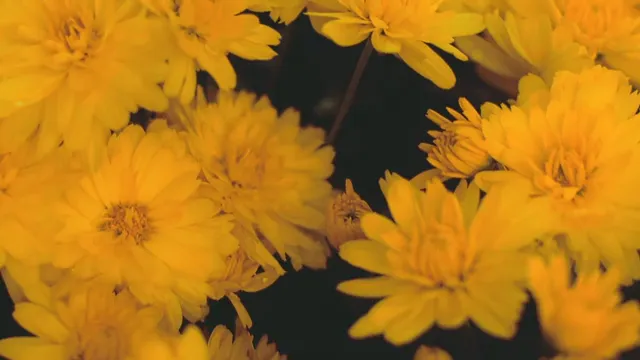
Summary and Overview
Daisies belong to the Asteraceae family, which includes a vast array of flowering plants. This family boasts thousands of species, showcasing a vibrant spectrum of colors and forms. Daisies typically feature a central disk surrounded by petal-like ray flowers, creating a striking visual effect. They thrive in various environments, from gardens to wildflower meadows, and are adaptable to different soil types and climates. Throughout history, daisies have held cultural significance, often representing purity and new beginnings. Their charming presence brings joy, whether in garden beds or floral arrangements.
To keep your garden looking sharp, investing in gardening gloves is essential. They not only protect your hands from dirt and thorns but also keep your nails looking fabulous while you dig in the dirt. Who knew gardening could be so glamorous?
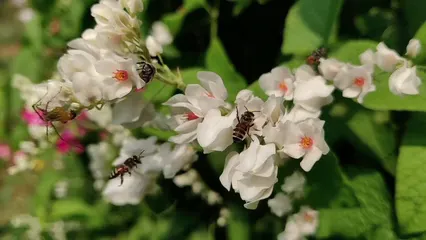
Types of Daisies
Common Types of Daisies
- English Daisy (*Bellis perennis*) The English daisy is a classic garden flower with white or pink petals and a sunny yellow center. Native to Europe, it flourishes in hardiness zones 4 to 8. These low-growing plants prefer full sun and well-drained soil. Regular deadheading promotes continuous blooms throughout spring and summer.
- Shasta Daisy (*Leucanthemum × superbum*) Known for its large, white blooms, the Shasta daisy is a popular choice among gardeners. It can reach heights of 2 to 3 feet and thrives in zones 4 to 9. This hybrid prefers full sun and well-drained soil, producing cheerful flowers from summer to fall. It’s a great option for cut flower arrangements.
- Gerbera Daisy (*Gerbera jamesonii*) Gerbera daisies are vibrant and colorful, available in shades like pink, red, yellow, and orange. These South African natives bloom from late spring to fall in zones 8 to 10. They require full sun and well-draining soil, making them excellent container plants. Gerberas are also popular as cut flowers due to their stunning appearance.
- African Daisy (*Osteospermum spp.*) African daisies offer unique, colorful flowers, often featuring vibrant blue or purple centers. They thrive in sunny spots and are best suited for zones 10 and 11. These annuals bloom from late spring through summer and are known for attracting pollinators like bees and butterflies.
- Gloriosa Daisy (*Rudbeckia hirta*) Also known as black-eyed Susans, gloriosa daisies are recognized for their bright yellow petals and dark centers. They are a favorite among pollinators and thrive in zones 3 to 9. Gloriosa daisies prefer full sun and bloom from summer to fall, making them a stunning addition to any garden.

If you’re looking to create a little oasis in your backyard, try adding a bee hotel for pollinators. This will not only help your flowers flourish but also contribute to the ecosystem. Just think of it as a five-star hotel for your buzzing friends!
Lesser-Known Daisies
- Blue Marguerite Daisy (*Felicia amelloides*) This daisy showcases stunning sky-blue petals and a bright yellow center, thriving in warmer climates (zones 9-11).
- Cape Daisy (*Dimorphotheca ecklonis*) Cape daisies are perennial flowering shrubs that attract bees with their rich pollen and colorful blooms, growing well in zones 9 and higher.
- Painted Daisy (*Tanacetum coccineum*) Known for their colorful blooms, painted daisies thrive in various shades and are popular in gardens for their beauty and ability to attract butterflies.
- Chocolate Daisy (*Berlandiera lyrata*) These fragrant flowers produce yellow petals with a unique chocolate scent, blooming from spring to fall, ideal for attracting pollinators.
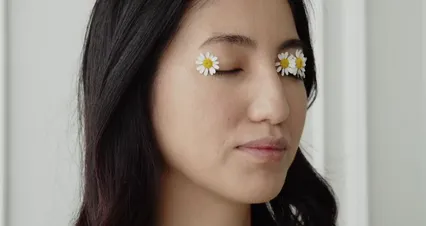
Daisies come in various colors and forms, creating a vibrant display in any garden. They are often chosen for their adaptability and low-maintenance care, making them a favorite among gardeners. Whether you’re looking to enhance your garden or create a cheerful bouquet, daisies are a perfect choice. For those interested in more gardening techniques, consider exploring raised bed gardening tips and tricks.
While you’re at it, don’t forget to check out the benefits of a garden kneeler and seat. It makes planting and weeding a breeze, saving your knees and back from unnecessary strain. Plus, it doubles as a handy seat for those long days in the garden!

For those interested in more gardening techniques, consider exploring raised bed gardening tips and tricks.
Lesser-Known Daisies
Blue Marguerite Daisy (*Felicia amelloides*)
The Blue Marguerite daisy is a delightful sight. Its sky-blue petals contrast beautifully with a bright yellow center. This South African native blooms from mid to late summer, adding color to gardens. It thrives in hardiness zones 9 to 11, preferring well-drained soil and full sun. The compact bushy structure also makes it a fantastic choice for container gardening.
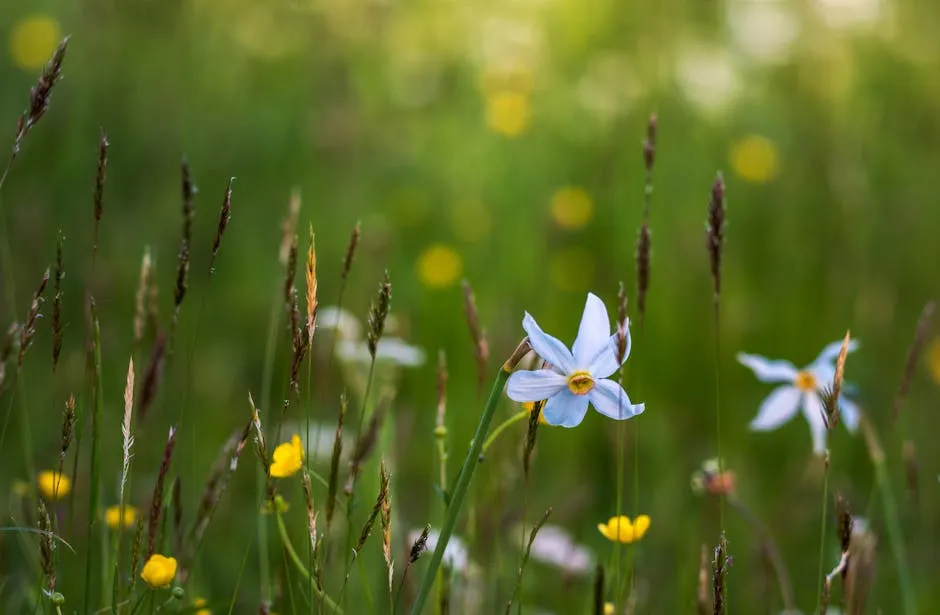
Cape Daisy (*Dimorphotheca ecklonis*)
Cape daisies are eye-catching perennial shrubs. They attract bees with their rich pollen and vibrant blooms, which can be white, pink, or purple, often with a blue-violet ring around dark centers. Blooming from late spring to fall, these daisies are perfect for adding color to your garden. They grow well in zones 9 and higher, enjoying sandy, well-drained soil and full sun.

Painted Daisy (*Tanacetum coccineum*)
Painted daisies are known for their stunning colors. They come in shades of white, pink, red, and magenta. This variety blooms from late spring to early summer, attracting butterflies to your garden. Hardy in zones 3 to 7, they prefer a sunny spot with well-draining soil. Their ability to thrive in a variety of conditions makes them a favorite among gardeners.
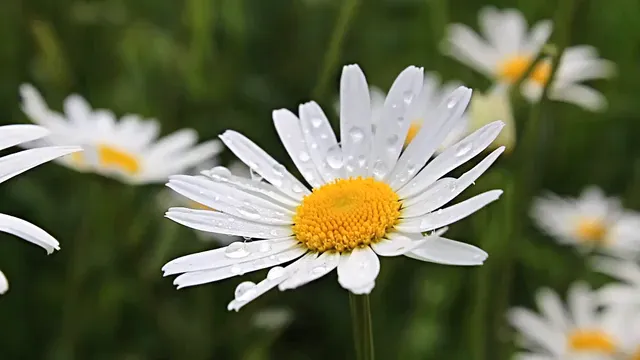
Chocolate Daisy (*Berlandiera lyrata*)
Chocolate daisies bring a unique charm with their fragrant yellow petals. They emit a delightful chocolate scent, blooming from spring to fall. These native flowers, ideal for attracting pollinators, thrive in zones 4 to 10. They prefer well-drained soil and full sun, making them easy to care for while adding a sweet aroma to your garden.

These lesser-known daisies add diversity and beauty to gardens, with their unique colors and characteristics. They thrive in various growing conditions, making them suitable for many gardeners.
Pruning and Maintenance
Pruning and maintenance are crucial for healthy daisies. Regular deadheading encourages continuous blooms. Removing spent flowers prevents the plant from going to seed. This simple task keeps your daisies vibrant throughout the growing season.
Pest management is also essential. Common pests include aphids and slugs, which can damage your plants. Monitor your daisies regularly and treat infestations promptly. For diseases, watch for powdery mildew and root rot. Good air circulation and proper watering can help prevent these issues. If you need a reliable solution, check out pest control spray that can help keep your garden healthy and thriving without the worry of pesky invaders!
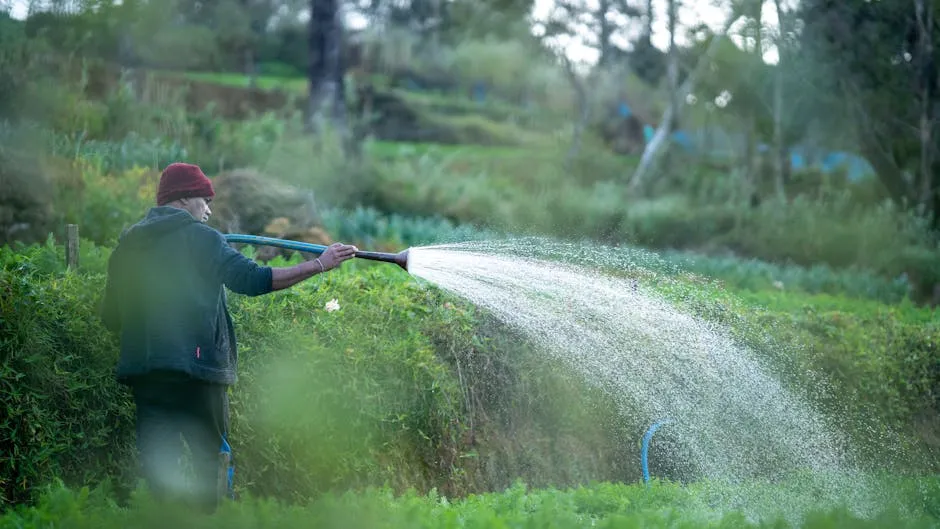
Seasonal Care Tips
Seasonal care ensures optimal growth for daisies. In spring, focus on planting. Choose a sunny spot with well-drained soil. Fertilize your plants with a balanced fertilizer to promote healthy growth.
As summer approaches, keep an eye on watering. Daisies prefer consistent moisture but dislike soggy soil. In fall, clean up any debris around your plants. This cleanup helps prevent diseases over the winter months. To make watering easier, consider using a watering can with a long spout. It allows you to reach those hard-to-get spots without making a mess!
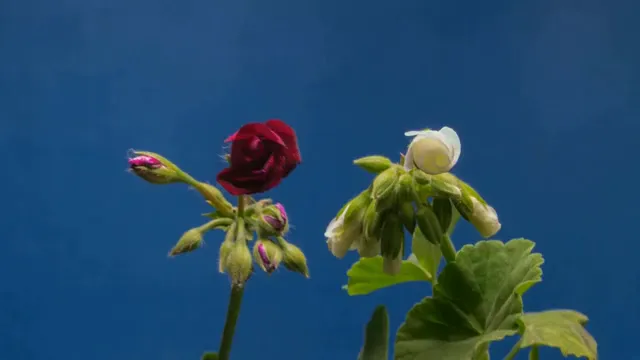
Symbolism and Cultural Significance of Daisies
General Symbolism
Daisies symbolize innocence, purity, and new beginnings. Their cheerful appearance evokes feelings of joy and simplicity. In various cultures, they represent love and loyalty. In folklore, they often signify hope and renewal, making them perfect for celebrations and meaningful gifts.
In ancient Rome, daisies were associated with the goddess of love. They’ve appeared in various traditions and celebrations, reflecting their timeless appeal. Their bright, sunny disposition makes them a favorite in gardens and floral arrangements alike.

Daisies in Art and Literature
Daisies have inspired countless artists and writers. In poetry, they often symbolize youthful innocence and the beauty of nature. Famous poets like William Wordsworth and Robert Frost referenced daisies in their works, highlighting their charm.
In visual art, daisies appear in many paintings. Artists like Vincent van Gogh captured their beauty with vivid colors. These flowers also feature in popular culture, often representing love and friendship. Their presence in various mediums illustrates their deep connection to human emotions.

FAQs
What are the different types of daisies?
Daisies come in many varieties. The most popular include: – **English Daisy (*Bellis perennis*)**: This classic has white or pink petals and a yellow center, thriving in zones 4 to 8. – **Shasta Daisy (*Leucanthemum × superbum*)**: Known for large, white blooms, it’s a favorite in gardens, flourishing in zones 4 to 9. – **Gerbera Daisy (*Gerbera jamesonii*)**: These vibrant flowers bloom in various colors and are ideal for cut arrangements, growing well in zones 8 to 10. – **African Daisy (*Osteospermum spp.*)**: These bright flowers attract pollinators and thrive in sunny spots, suitable for zones 10 and 11. – **Gloriosa Daisy (*Rudbeckia hirta*)**: Known as black-eyed Susans, they feature yellow petals with dark centers and are great for pollinator gardens, thriving in zones 3 to 9.
Do daisies come back every year?
Yes, it depends on the type. Some daisies are perennials, returning each year, like the Shasta and English daisies. Others, like the African daisy, are annuals and won’t return once the season ends.
How do I care for daisies in my garden?
Daisies are generally low-maintenance. Here are some care tips: – **Sunlight**: Plant in areas with full sun, getting at least 6 hours of light daily. – **Soil**: Ensure well-drained soil for healthy growth. – **Watering**: Water weekly, allowing the top inch of soil to dry out. – **Fertilizing**: Use a balanced fertilizer monthly during the growing season. – **Pruning**: Regular deadheading encourages continuous blooms. Removing spent flowers helps the plant focus energy on new growth. Following these tips will help your daisies thrive beautifully!
Are Daisies Toxic to Pets?
Many pet owners wonder about the safety of daisies flowers for their furry friends. Good news! Daisies are generally non-toxic to most pets, including dogs and cats. However, some species can cause mild gastrointestinal upset if ingested. Symptoms may include vomiting or diarrhea. It’s essential to monitor your pet if they munch on any part of the flower. As a precaution, consult your veterinarian for specific concerns regarding your pet’s health. Keeping your garden safe is always a priority!

What Do the Colors of Daisies Symbolize?
Daisies come in a delightful array of colors, each carrying its unique meaning. For instance, white daisies symbolize purity and innocence, making them perfect for weddings. Yellow daisies represent friendship and joy, brightening anyone’s day. Pink daisies convey love and affection, often gifted to express heartfelt emotions. Lastly, red daisies signify passion and courage, adding a bold touch to any arrangement. Each color enriches the symbolism of daisies, making them versatile choices for various occasions.
Speaking of colors, if you’re interested in adding a touch of flair to your garden decor, consider using decorative garden stakes. They can jazz up your flower beds and bring a smile to anyone who strolls by!

Do you have a favorite daisy color? Share your thoughts in the comments below! And if you’re keen on more gardening tips, subscribe for updates!
Please let us know what you think about our content by leaving a comment down below!
Thank you for reading till here 🙂
All images from Pexels



